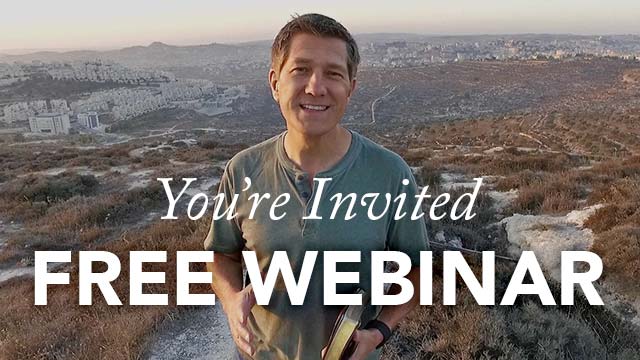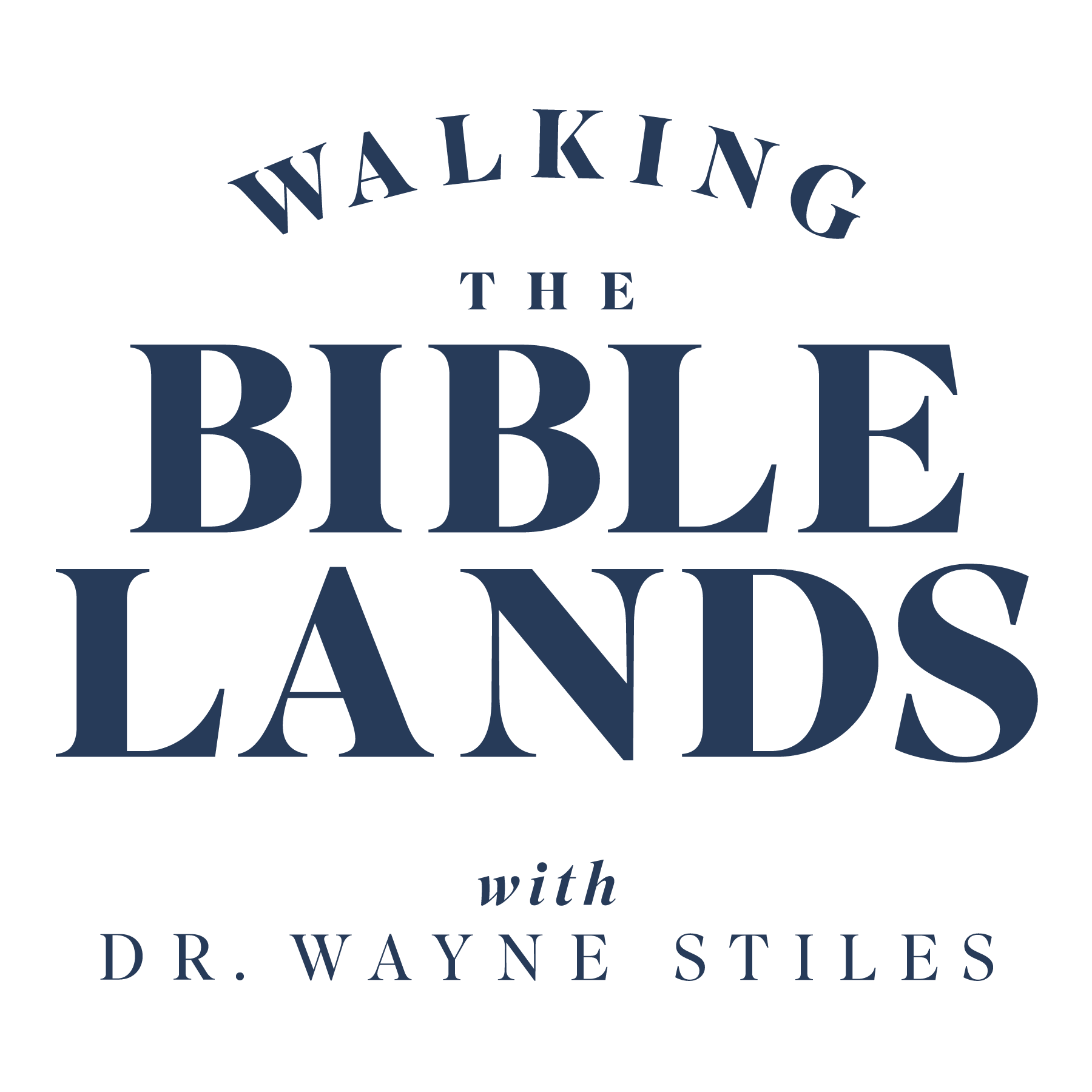3 min read
The Valley of Elah—How Your Ordinary Becomes Extraordinary
God will make your simple faithfulness great in His time.
Admin
:
Jan 5, 2017 9:00:02 PM
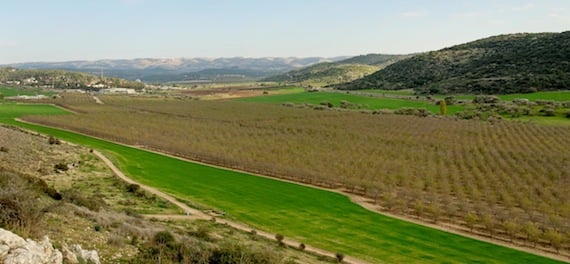
At first glance, the valley seems like nothing remarkable. Just a road winding its way up into the Hill Country of Judea. A large satellite dish sits on one hill. A dry stream bed divides patches of tall weeds. Greenhouses clump together next to wheat fields.

(Photo: The Elah Valley. Courtesy of the Pictorial Library of Bible Lands)
Like the other valleys in Israel’s Judean foothills today, the Valley of Elah appears so commonplace. Very ordinary.
But back up 3000 years and the Valley of Elah offers one of the most strategic battlefields in Israel.
It was here David killed Goliath.
That day speaks significance to the days of your life that feel ordinary.
The Shephelah Foothills
With the Hebrews dominating the Hill Country of Judea and the Philistines controlling the coastal plain, the buffer between these enemies was the Shephelah—often rendered “foothills” or “lowland” (Zechariah 7:7; 2 Chronicles 26:10).
- Shephelah comes from the Hebrew term that means, “humble, lowly.”
- The valleys of the Shephelah separated the Hill Country and the coastal area—specifically the Philistines and the International Highway.
- Judah’s control of the Shephelah at any given point served as a barometer of Israel’s strength.
Five valleys cut in an east-west direction through the Shephelah and offered convenient passages from the Philistine Plain to the Hill Country of Judea. So convenient, in fact, they had to be guarded vigilantly.
The Valley of Elah was one of them. That’s what made David’s battle with Goliath so critical.
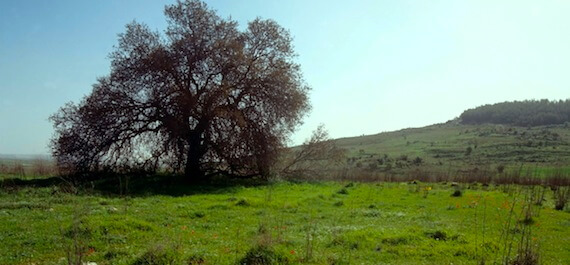
(Photo: Elah Valley pistachio /terebinth tree. Courtesy of the Pictorial Library of Bible Lands)
Elah is the Hebrew term for the Terebinth Tree, which still grows in the valley.
David and Goliath in the Valley of Elah
Having lost control of the Hill Country farther north, the Philistines tried to come up the Valley of Elah to gain access once again (1 Samuel 14; 17). The valley offered a backdoor entrance to the Hill Country via Bethlehem. They had to be stopped.
- The Philistines camped on the south side of the valley—between Socoh and Azekeh—and faced King Saul’s army on the strategic hill to the north.
- The vale between them offered a level middle ground, the approximate location where the modern highway runs today.

(Photo: Elah Valley from Socoh panorama, courtesy of the Pictorial Library of Bible Lands)
Dr. Todd Bolen comments on his photo above:
This panoramic view of the Elah Valley from the south is an approximate view of what the Philistine army saw as they faced the Israelites in the battle commonly known as “David vs. Goliath.” The Philistines were encamped on the south side of the valley and King Saul’s forces occupied the hill on the northern side.
How ironic that the two men who faced each other in the middle ground came from two towns at either end of it. The valley begins just east of Gath and ends near Bethlehem.
Five Smooth Stones and One Big God
A small bridge spans the brook in the Valley of Elah today. The dry stream bed has rocks scattered here and there.
Some assume David selected five stones from the stream that snaked through the valley so that he could take down Goliath and his four brothers. Probably not.
- Only Goliath stood in the valley to defy the young Hebrew.
- David’s choice of five stones more likely represented all he could easily carry.
- Most sling stones measured the size of a fist, so carrying more than five of them could have inhibited David’s ability to maneuver.
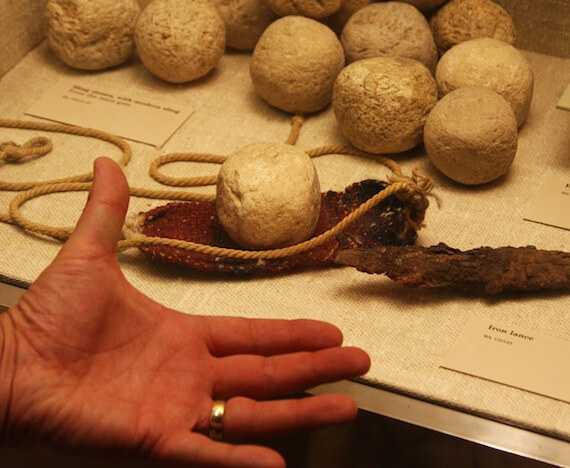
(Photo: My hand beside sling stones from Lachish. British Museum)
David came to the Valley of Elah that day from Bethlehem, a mere twelve miles away. But he didn’t come to be a national hero.
- His father had instructed the young shepherd to check on the welfare of his brothers in the army.
- But once he arrived, David took the responsibility no one else would accept.
It was just an ordinary day in an ordinary valley. But it changed David’s life forever.
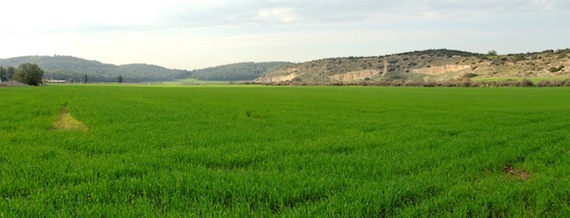
(Photo: Elah Valley. Courtesy of the Pictorial Library of Bible Lands)
How Your Ordinary Becomes Extraordinary
David lived many thousands of days that never made it to the pages of Scripture. That’s true of all of our days. But ours are no less significant. God often uses ordinary days in extraordinary ways.
But don’t live for that extraordinary day. Just stay faithful.
The Lord isn’t calling you to do anything extraordinary today. Just stay faithful to the ordinary tasks He has called you to do.
He will make your simple faithfulness great in His time (1 Peter 5:6).
Increase Your Faithfulness: Connect the Holy Land to Your Faith
See how your life and the Holy Land relate with this FREE webinar:
Tell me what you think: What helps you see the significance in your ordinary days? To leave a comment, just click here.
Click here to leave a comment.
-1.png?width=5230&height=1198&name=unnamed%20(4)-1.png)


.jpg?width=350&name=Wayne-books-350wide%20(1).jpg)

